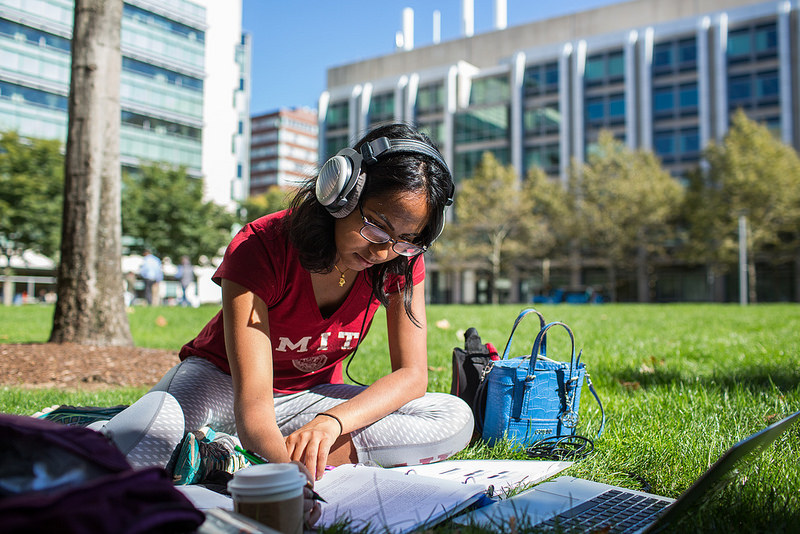
The xTalk panel on April 30 showcased three MITili-funded interventions to increase learner engagement with online learning platforms. Online learning requires a diversity of perspectives and interdisciplinary collaboration to solve challenges ranging from analyzing learners’ behaviors to harnessing neural plasticity.
“We need to reach ‘zombie learners’, that is, learners who start an online class but never finish.”
Dr. Eva Ponce works with a supply chain MOOC, part of MIT Open Learning’s MicroMasters program, which provides online videos and proctored assessments culminating in a recognized certificate. The ultimate goal is to prepare students for a streamlined master’s program in supply chain management at MIT.
The creators of this MOOC employed machine learning techniques to understand user behavior. Their hope is to predict which students are at risk of dropping out, implement customized interventions, and quantify the results. Interventions include: improving challenging content, sending encouraging emails, and progressively increasing course difficulty. Ponce explained their central mission of implementing interventions customized to individual engagement needs. “We need to eliminate ‘zombie learners’, that is, learners who start an online class but never finish.”
Prof. Pawan Sinha is the head of a neuroscience lab at MIT which “employs the neuroscience of learning to create more effective pedagogical approaches.” He emphasized that the fields of neuroscience and education can synergize to further our understanding of effective learning.
Sinha is inspired by visual plasticity research. Although the window of neural plasticity (the brain’s ability to rewire) occurs very early in life, researchers show that children born blind from cataracts can recover their vision following surgery. This suggests that the brain is able to rewire when presented with novel stimulus, even later in life, in other words: “plasticity on demand” where learning can be improved by the involvement of novel stimulus.
Matt Groth presented the protocols used to test this theory. Participants watch an online lecture video interspersed with either familiar or novel YouTube clips; they are then tested on the lecture content. Preliminary data suggests that novel clips improve test outcomes, supporting the “plasticity on demand” theory.
“The brain’s ability to adapt to challenges on the fly is something we call ‘plasticity on demand’.”
Dr. Kyle Keane’s project studies “the impact of infusing computation and visualization in introductory physics subjects.” His online course is open to the world via MITx where he is working on protocols to understand the role of interactive widgets in the engagement of students learning online.
For example, when solving a physics problem involving the angle of a ramp and a moving car, the student is able to visually interact with the concept by changing the angle of the ramp or speed of the car. Keane’s research recognizes the importance of movement for effective engagement, based on strong evidence from previous studies. He has created a 2x2 factorial design to analyze whether solving problems by hand, by code, or by visualization proves most effective.
Since learning is a complex process of aligning our inside thought process with the outside world, interventions must be interdisciplinary. Insights from psychology, neuroscience, and machine learning provide valuable perspectives and solutions to the challenges posed by online learning platforms. Although research is becoming more specialized, this panel is a poignant reminder for the need of collaboration and the value of rich, varied perspectives.